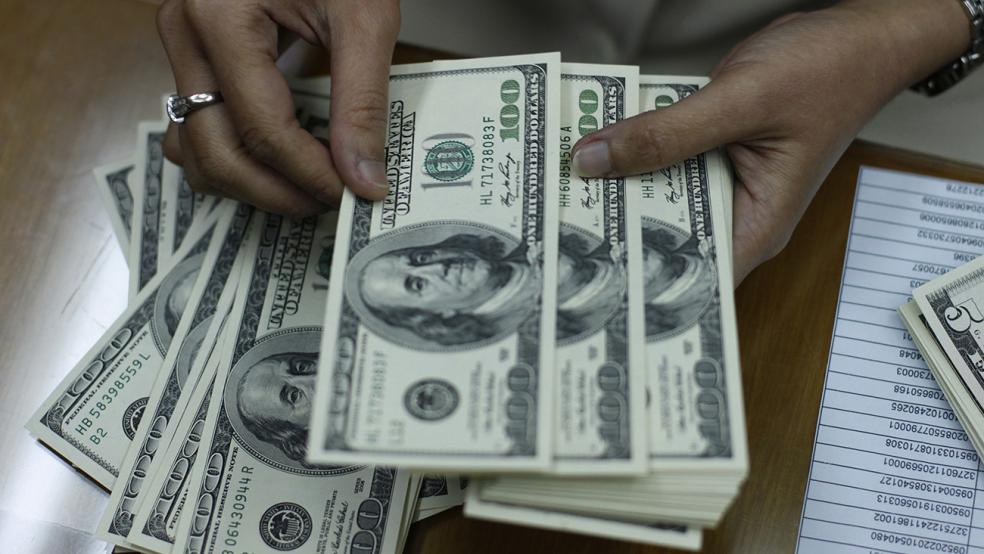You wouldn't know it from the market's quiet performance over the last few weeks, but Wall Street just wrapped up its biggest quarter in four years, with the Nasdaq gaining 9.8 percent. In terms of consistency, the Dow's 4.6 percent gain marked the sixth consecutive quarterly rise, the best run since 2006.
Yet a combination of fears — over the fate of President Trump's agenda, the pace of Federal Reserve policy tightening and the disconcerting disconnect between "hard" and "soft" economic data — pushed large-cap stocks lower in March: The Dow lost 0.7 percent while the S&P 500 lost a fraction.
Where do we go from here? It all depends on whether the "reflation" trade that has driven the market higher since Election Day will continue.
Related: Is This a Sign of a Looming Stock Market Correction?
The stocks buoyed by that trade — particularly financials and industrials — suffered a violent reversal two weeks ago, leading the Dow to its worst one-day loss since October, as the GOP's health care reform effort died in the House of Representatives before even coming to a vote.
Charlie McElligott, cross-asset strategist at RBC, notes that the reflation trade, if it's going to continue into this month, will need to be supported by ongoing strength in the dollar and crude oil. This, in turn, will depend on what the oil sheiks that run OPEC and the career economists/bureaucrats at the Federal Reserve do in the weeks and months to come.
For now, instead of putting pressure on risk assets, the Fed's newfound hawkishness is bolstering the reflation trade by lifting the dollar higher and attracting global capital into U.S. assets. Same with OPEC's jawboning about extending its production freeze agreement from late last year, keeping oil traders distracted from swollen inventories and ramping U.S. shale oil production.
Related: The 9 States With the Hottest Housing Markets to Start 2017
What's helping all this is the fact that investors are in the midst of one of the great periods of easy gains and low volatility in market history. The only times stocks have been more expensive than they are now, in terms of cyclically adjusted price-to-earnings valuation, is the climax of the 1929 and 2000 market bubbles.
As for volatility, or lack thereof, Jason Goepfert at SenitmenTrader notes that the first quarter was the quietest for the Dow since 1965, with an average move (+/-) of just 0.32 percent. Since the last major volatility breakout in 2011, each successive macroeconomic scare has had a smaller and smaller drawdown and a quicker and quicker rebound. Traders have learned to "buy the dip." The exceptions were fears over China and the meltdown in crude oil in late 2015 and early 2016. But support at Dow 15,500 held fast.
Eventually, the strong dollar and higher U.S. interest rates generated by the reflation trade will fuel fears of financial tightening — both in terms of consumer credit costs and corporate debt funding.
But not yet.
Related: Why ‘Deep Subprime’ Auto Loans Are Beginning to Worry Wall Street
Looking ahead, the first-quarter earnings reporting season will kick off soon with the big banks: Bank of America (BAC) will report on April 18. According to FactSet, the decline in earnings per share expectations as the first quarter has played out has been below average, suggesting expectations for profit growth remain high.






